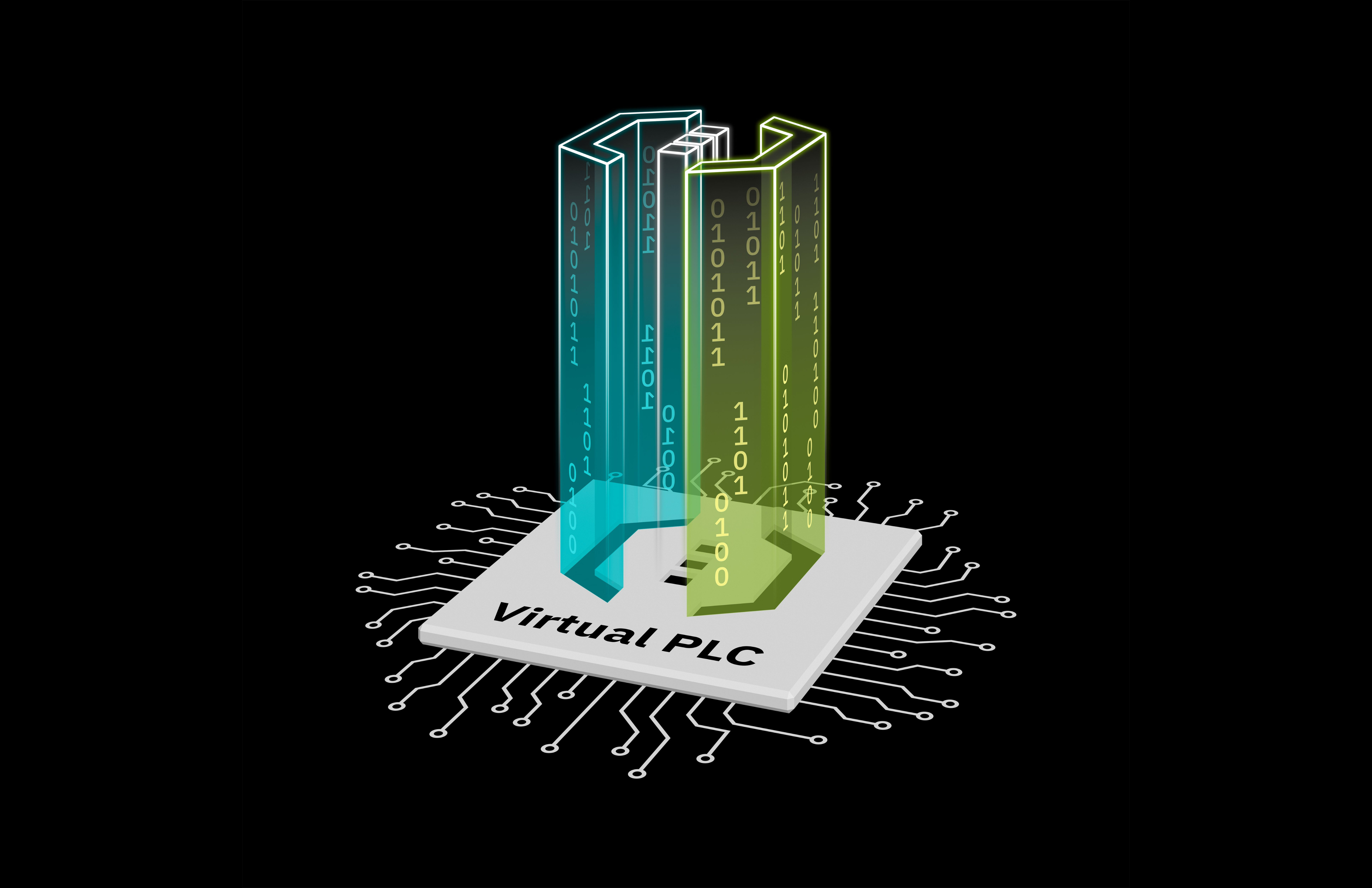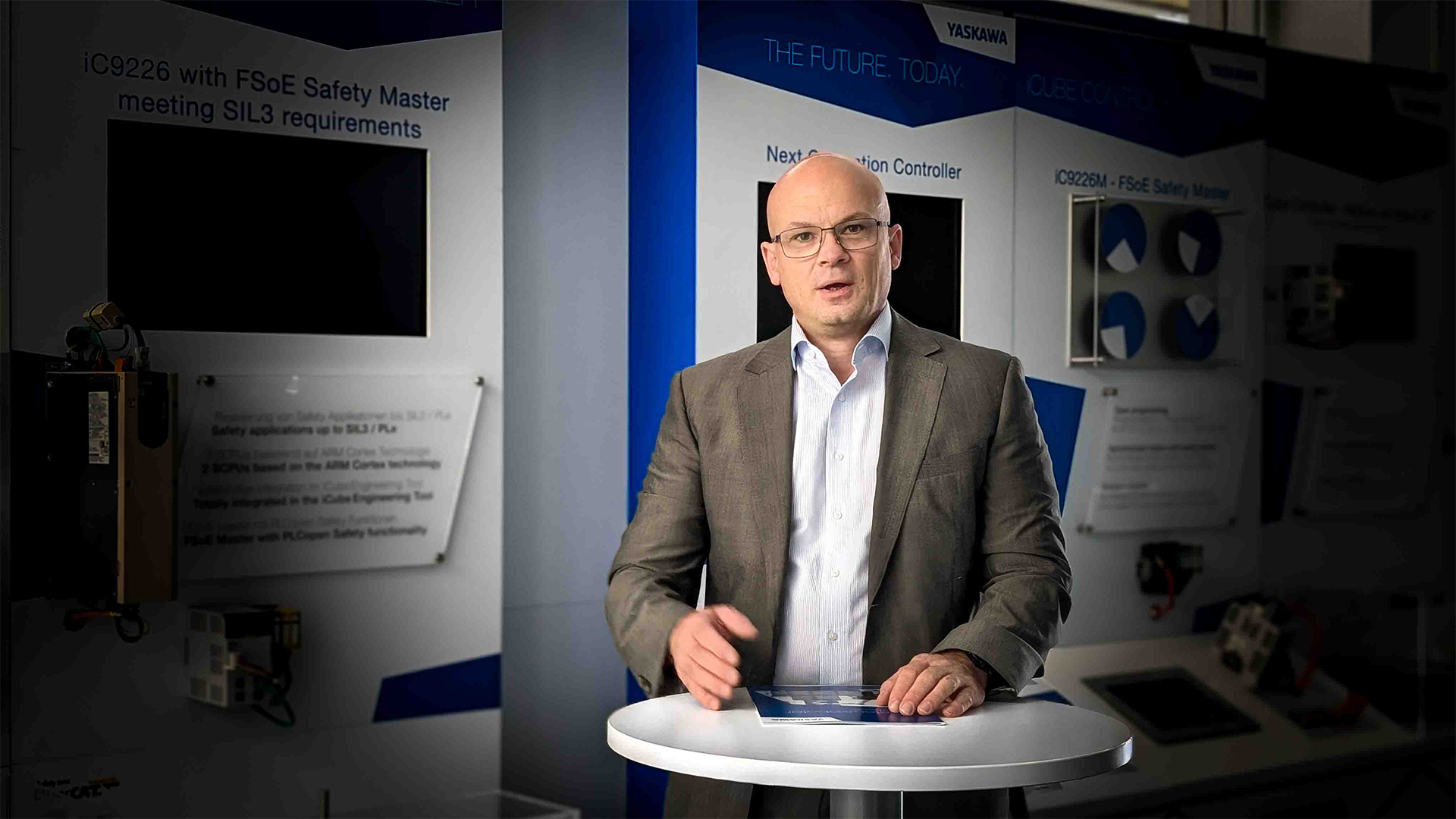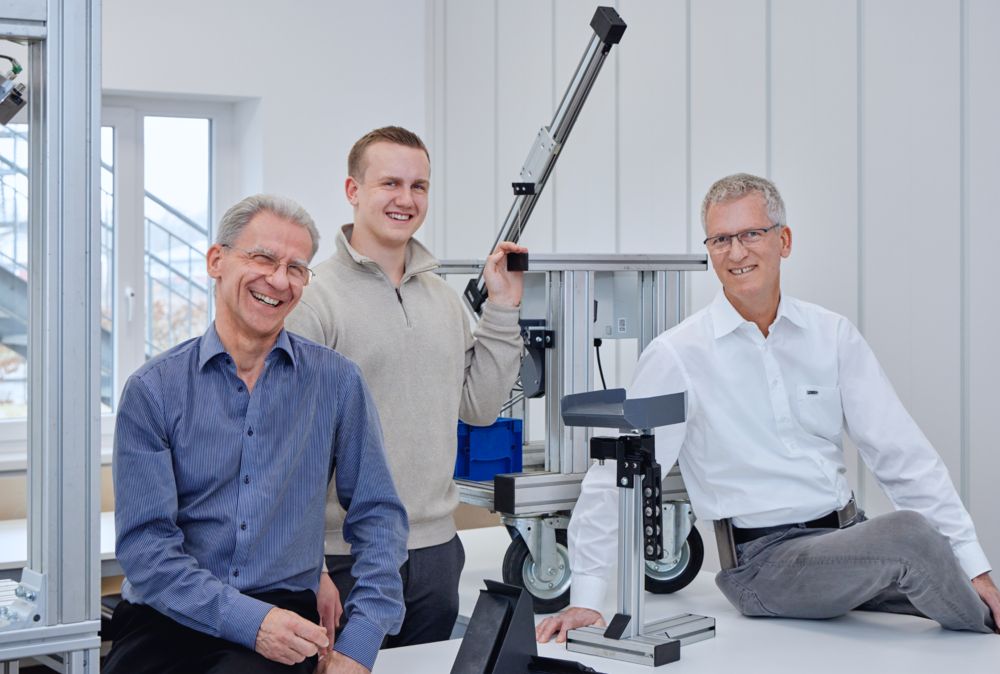
Automation and robotics are indispensable in modern industrial production and have been an integral part of it for many years. With the use of PLCnext Technology, the efficiency and flexibility of automation solutions are further enhanced, taking the integration of modern technologies such as robot control to new heights. Read in the following use case how low cost automation can realized with PLCnext Technology.
Industrial robots, thanks to their strength and precision, enable the production of products with high-quality standards. However, there are still numerous manuals, often monotonous, and physically demanding tasks that have not yet been economically feasible to automate.
These tasks usually involve steps where the challenge lies not so much in precise positioning but in grasping undefined workpieces. This is particularly true for bulk materials. For small and relatively light parts – such as screws or stamped parts – the effort to deliver them in a defined position is disproportionate to their actual value. Therefore, they often arrive unsorted in boxes at the production lines.
The Berlin-based Sikora GmbH has taken on these tasks and found ingenious engineering ways to automate these activities. The company, founded in 1999, has significantly shaped laser welding and soldering in the automotive industry. Their long-standing experience in robot programming was used to develop their own robot control system. With SRS (Sikora Robot Control), robot movements can be easily programmed. The first series application of the control system was achieved in this use case.
The solution for positioning bulk materials is not about supplementing traditional automation concepts with optical recognition systems that detect the position of undefined parts. “We use simple physical methods such as magnetism and gravity, which have often been forgotten amidst all the high-tech,” explains Ralf Sikora, Managing Director of Sikora GmbH (Figure 1). “In this way, we don’t need high-precision robotics or special drives and components. We call this low-cost automation because our systems use simple and inexpensive parts that are often used in school and university laboratories.”
The result is impressive: Sikora GmbH’s systems are characterized by low costs and energy-efficient operation. Engineering excellence often reveals itself in the details. Many components of the system are custom designs and come from the company’s 3D printers. This allows individual system elements to be balanced as needed, requiring less driving force, and reducing energy consumption. At the same time, mechanical wear is optimized, and service life is increased.
Transparent Processes – Quick Learning – Easy Operation
A positive side effect is noticeable in the operation and maintenance of Sikora systems: The process flow is largely self-explanatory. Simply observing the applications is enough to understand how they work. In times of skilled labor shortages, this is a significant advantage. Simple, transparent processes and the use of simple technology and drive components make the maintenance team’s work easier. Sikora systems are designed so that in the event of a malfunction, a limited continued operation – the so-called emergency strategy – is possible. At the same time, troubleshooting can begin. Once the cause of the fault is found, it can usually be quickly fixed, as there are no software-intensive parameterizations to be made. The user-friendliness of the system is also evident in the interfaces between the user and the control system. To operate and program the robots, the Sikora engineers have not only programmed their own robot control system but also developed a haptic interface for it. What sounds complicated proves to be simple in application. It is a small robot on a scale of about 1:10, whose axes are manually moved by the user to behave as the robot to be programmed should. It doesn’t get more intuitive than that. A small two-line display and some mini-buttons complete the unit and allow the robot to be taught in this configuration. The mini-robot comes from the 3D printer, while the other components – such as display and buttons – can be obtained at low cost.
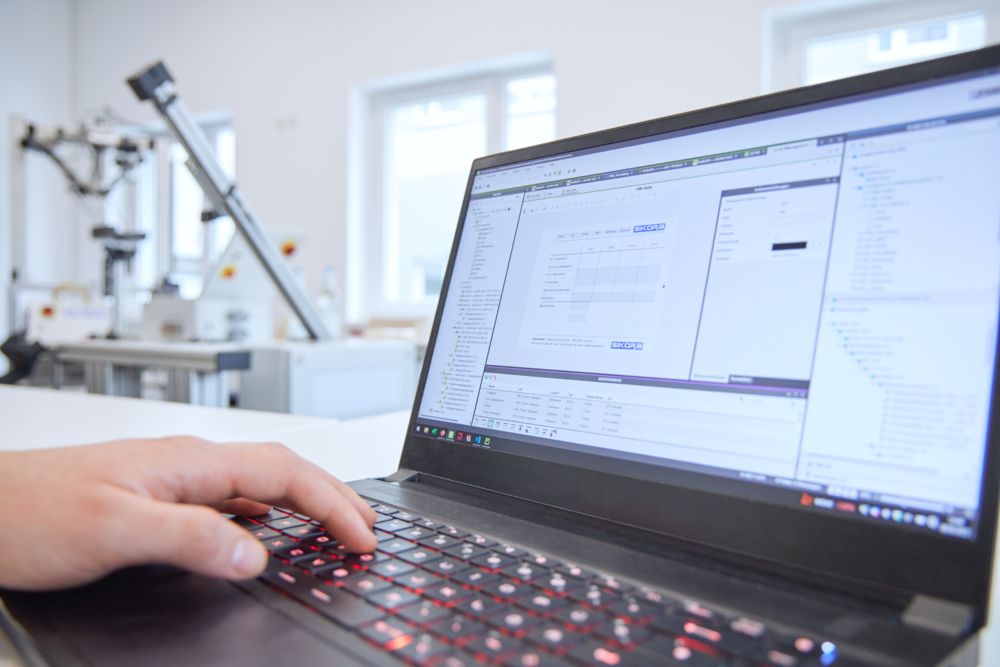
IT and OT on one Hardware
The development of the robot control system in the programming language C++ takes place on commercially available Linux-based microcomputers. However, for use in harsh industrial environments, appropriate hardware is required. Sikora GmbH’s customers use standard control technology with well-known industrial protocols such as Profinet and Profisafe. If the same control technology were used, Sikora systems could be well integrated into the customers’ communication structure, but the C++-designed robot control would not run on it.
In the search for a solution, Ralf Sikora quickly came across the innovative PLCnext Technology from Phoenix Contact. The controllers of the open ecosystem meet all the requirements for industrial use. Apart from the mentioned transmission protocols, this also includes real-time capability and data consistency, which are essential for industrial use. In addition, PLCnext Control allows the use of high-level language programs such as C++, C#, or Python. “The PLCnext controllers have been the optimal basis for our system technology from the very beginning. With them, we are far ahead of the usual PLC systems used in the industry,” says Ralf Sikora. “In addition to meeting all the demands of our technology and customers, PLCnext Technology provides the best conditions for future requirements.”
The increasing digitalization in all areas results in increased networking of OT and IT systems. IT security thus becomes much more important than before. At this point, PLCnext Technology also proves to be well-positioned. The requirements for IT security in automation, described in the international standards series IEC 62443, are fully met. Phoenix Contact placed special emphasis on this aspect already during the development of PLCnext Technology. And just as today even sensitive banking transactions can be carried out on a smartphone in a public WLAN, PLCnext Technology relieves users of the worry of being defenseless against attacks from the network or transmitting sensitive data without protection.
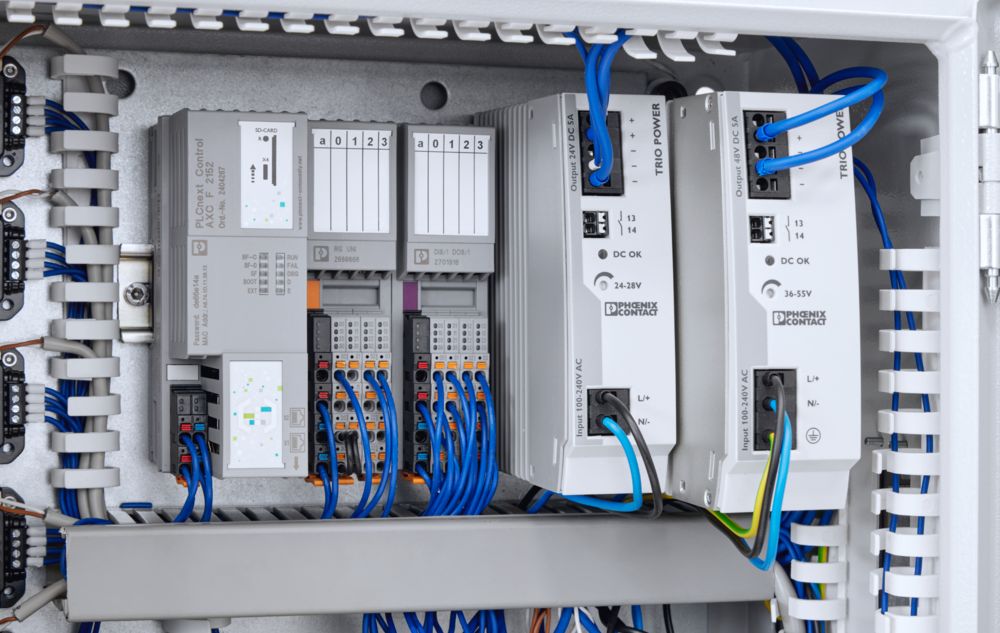
Intuitive Operation by the User
Sikora’s automation solution is as easy to use as automators are used to from conventional control technology. At the same time, the rapidly growing users from the IT sector are enthusiastic about the possibilities of PLCnext Technology. Whether high-level language applications, database connections, cloud communication, artificial intelligence, or apps – the open ecosystem supports all features known from the IT environment. This pushes the boundaries of traditional control technology.
In the past, the question in solving industrial tasks was what was technically possible. Today, it is about which of the numerous options users want to use. Simplicity has always been an advantage. Smartphones have become widespread because they are intuitively usable. Complex technology works inside them, which users do not even notice. For them, the easily understandable user interface is crucial. It’s similar in automation. The system must be easy to handle for operators and maintenance personnel so that commissioning and maintenance can be carried out quickly and easily, which in turn increases the availability of the application. IT provides many solutions that are easily accessible due to open source. This makes it easier, for example, to operate the user interfaces of the apps installed on the smartphone.
Conclusion
Industrial control technology, which allows the use of smartphone-like solutions even in the automation environment, will lead to a comparable development dynamic in the industry. Ralf Sikora is certain: “The good ideas have long been there. What has been lacking so far are the possibilities to apply them in the OT world. PLCnext Technology has now opened this path for us, and our customers are amazed at what can be realized. And I am sure that much more will be possible in the future.”

Find all information about our open ecosystem PLCnext Technology on this PLC next Community Website.
If you want to learn more about Sikora GmbH, we invite you to visit the website.

